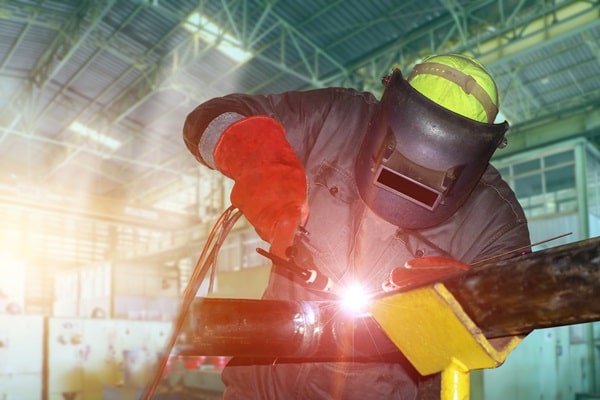
Innovations in Plumbing: A Guide for Aspiring Plumbers
Recent innovations in plumbing materials and technologies have revolutionized the industry, making systems more durable, cost-effective and environmentally friendly. For prospective trade school
Just as a gamer needs the right skills to level up, a welder needs to understand OSHA guidelines for their safety and success. The Occupational Safety and Health Administration (OSHA) is like the rulebook that keeps you safe in the exciting and high-stakes world of welding, cutting, and heating.
These guidelines are not only critical for shaping your work but also for creating a safe workplace for all. Let’s dive into tips on how to maintain welding safety with the help of OSHA. Ready to power up?
Welding is an exciting field, packed with challenges and opportunities. Skilled technicians have never been more essential to operating complex welding systems safety. However, the trade comes with its hazards. In this section, we’ll guide you through these hazards and provide you with winning strategies to stay safe.
Common hazards in welding are:

OSHA is like the referee in the game of workplace safety. They set the rules, ensure fair play, and keep all players safe. In the world of welding, cutting, and heating, these rules are essential to keep you protected from potential hazards.
To be a safe welder, you need to know and follow these rules:
Following these OSHA standards can help you stay safe and avoid accidents. As welding equipment and technologies continue to evolve, so will OSHA guidelines. It’s important to follow the most recent OSHA standards whether you’re a welder-in-training, recent graduate or veteran welder.
Related: PPE Required for Welding
Understanding and implementing OSHA guidelines is key to succeeding in welding. OSHA-approved safety training programs are like hands-on tutorials that equip you with the knowledge and skills you need to ensure safety at work.
These programs teach you the rules of the game, helping you understand the risks involved in welding and how to mitigate them effectively. Just like a sports coach or a gaming mentor, OSHA-approved training programs guide you on your journey to becoming a safer welder.

Interested in entering the field of welding? At Apex, our welding trade school began in October of 1979 and teaches skills for entry-level positions. From gas and electric welding processes, manual and automatic cutting techniques, blueprint reading for metal layout to fabrication with thin, thick and exotic metals, our Combination Welding Technology program gives you opportunities to learn hands on. Learn more about it now!
*Apex Technical School and its instructors are licensed by the State of New York, New York State Education Department.
Disclaimer: Apex Technical School provides training for entry-level jobs. Not everything you may read about the industry is covered in our training programs.

Recent innovations in plumbing materials and technologies have revolutionized the industry, making systems more durable, cost-effective and environmentally friendly. For prospective trade school

In today’s competitive job market, specialized skills and credentials are crucial. Trade schools like Apex Technical School in New York City offer the

Among the many trends set by Gen Z, from TikTok to streaming services and a resurgence of 90s fashion, the biggest rising trend